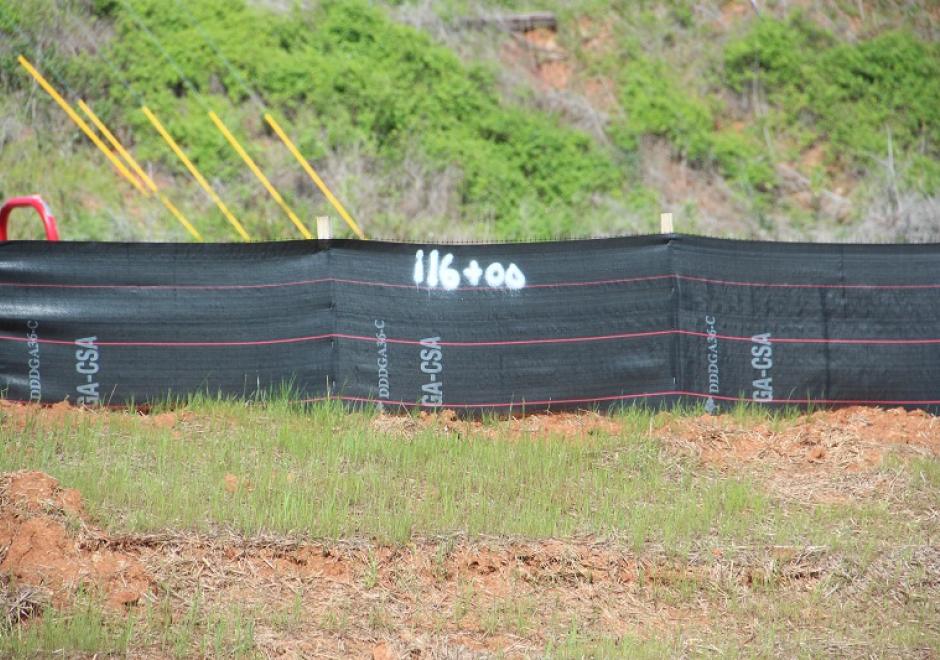DM-16 - Linear Referencing

Linear referencing is a term that encompasses a family of concepts and techniques for associating features with a spatial location along a network, rather than referencing those locations to a traditional spherical or planar coordinate system. Linear referencing is used when the location on the network, and the relationships to other locations on the network, are more significant than the location in 2D or 3D space. Linear referencing is commonly used in transportation applications, including roads, railways, and pipelines, although any network structure can be used as the basis for linearly referenced features. Several data models for storing linearly referenced data are available, and well-defined sets of procedures can be used to implement linear referencing for a particular application. As network analysis and network based statistical analysis become more prevalent across disciplines, linear referencing is likely to remain an important component of the data used for such analyses.

DM-16 - Linear Referencing
Linear referencing is a term that encompasses a family of concepts and techniques for associating features with a spatial location along a network, rather than referencing those locations to a traditional spherical or planar coordinate system. Linear referencing is used when the location on the network, and the relationships to other locations on the network, are more significant than the location in 2D or 3D space. Linear referencing is commonly used in transportation applications, including roads, railways, and pipelines, although any network structure can be used as the basis for linearly referenced features. Several data models for storing linearly referenced data are available, and well-defined sets of procedures can be used to implement linear referencing for a particular application. As network analysis and network based statistical analysis become more prevalent across disciplines, linear referencing is likely to remain an important component of the data used for such analyses.